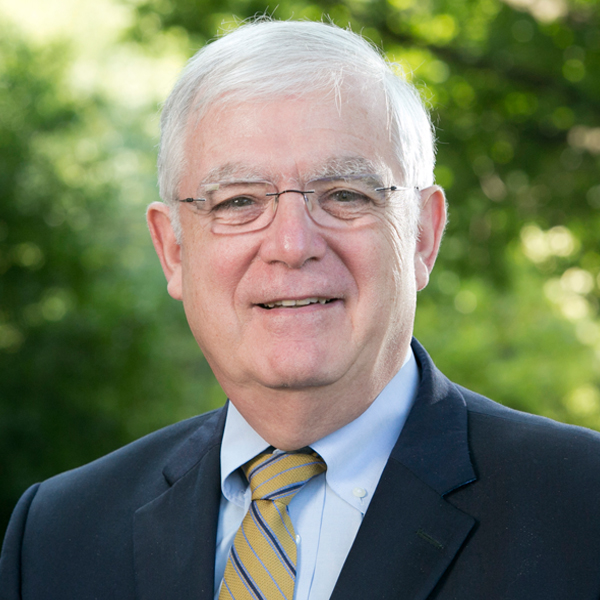
Image: Emergency polio ward in Boston in 1955 (The Conversation)
In June, a man from Rockland County in New York who had not been vaccinated against polio was hospitalized with paralysis — the first case of polio detected in the United States in almost a decade. Recently, traces of poliovirus have also been found in wastewater in New York City and in nearby Orange and Sullivan counties. These isolations, as well as cases of wild polio (the naturally occurring form of the virus) that were identified this year in Malawi and Mozambique, mean the virus is now showing up where it hasn’t been detected for many years.
Although 70 percent of people who contract polio have no symptoms, they can spread the virus to others. About 25 percent experience mild or flu-like symptoms, and less than one percent develop paralysis. But of those paralyzed, up to 10 percent die as their breathing and swallowing muscles become paralyzed.
We cannot play these odds. When there is a case of paralysis, we must assume it’s the tip of the iceberg; the sewage samples demonstrate this. It’s reasonable to assume that if one person is paralyzed, thousands could be passing on the virus unknowingly.
The strain found in Rockland County is from a weakened form of the virus derived from OPV, or oral polio vaccine. Rarely, once in every several million doses, the weakened virus can revert to the virulence of the wild type, capable of causing paralysis. As OPV is not given in this country, this means that someone who was vaccinated abroad introduced the virus into the U.S. Interestingly, the New York wastewater samples are genetically linked to positive wastewater samples in Israel and the United Kingdom.
Far from a novel disease, polio is caused by a highly contagious virus spread through the fecal oral route. Successful vaccination campaigns beginning in the mid-1950s led to elimination of the disease from the U.S. in 1979 and from the Americas in 1994. Since 1979, not a single case of polio has originated in the U.S.
So why are local health officials so concerned about these recent isolations? The reason is simple: the childhood polio vaccination rate is as low as 37 percent in some communities in the New York City metro area. In New York State for two-year-olds it’s only about 79 percent — despite the fact that vaccination is mandatory for all children attending day care and K-12 schools, regardless of whether they are public, private or have a religious affiliation.
Reasons for the low rates include school closures and disruptions in health care during the Covid-19 pandemic, vaccine resistance, and social media efforts designed to wage war against vaccines. If there is persistently low immunization coverage in a community, the weakened virus can circulate for a long time, potentially regaining its ability to induce paralytic outbreaks.
The only approach to avoid further cases is better vaccination, as the greatest danger is to children and adults who are not vaccinated. Children should receive four doses of IPV (inactivated polio vaccine) between the ages of two months and 6 years; adults who were vaccinated as children but who have weak immune systems can receive one booster. Local health care providers, schools, community-based organizations and trusted leaders must join in efforts to boost vaccination rates.
We cannot afford to lose our hard-won advances in global polio eradication. Achievement of a polio-free world is within our grasp, and it would be a momentous accomplishment for global public health.

Michael Merson, MD
Visiting Professor of Global Health